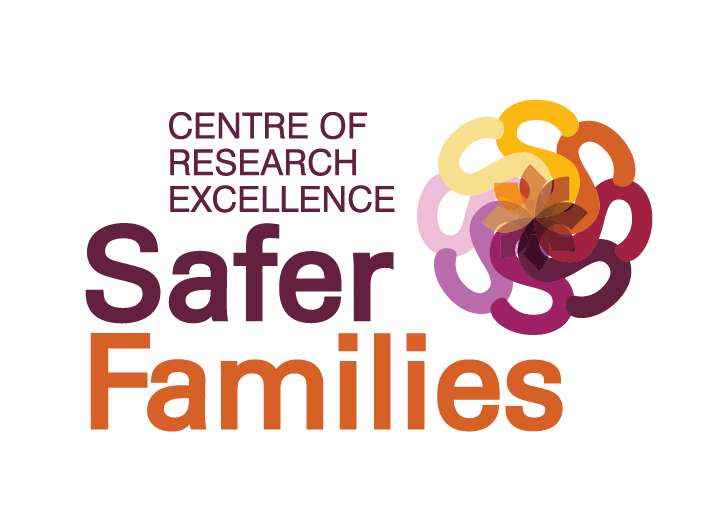Why the IPV Clinical Audit is valuable for GPs
‘Intimate Partner Violence (IPV)’ also known as ‘Domestic Violence (DV)’ refers to any behaviour by an intimate partner (or ex-partner) that causes physical, sexual or psychological harm, including acts of physical violence, sexual coercion, psychological abuse and controlling behaviours.(1) It is a pattern of behaviour where one partner is usually exerting power and control over the other partner over time.
Figures from the Australian Institute of Health and Welfare showed that one in six women and one in sixteen men have experienced sexual or physical assault from a current or former partner.(2) Around two thirds of the households where DV/IPV is occurring have children living in them.(3) Women are more likely than men to experience DV/IPV and to be injured as a result.(4) DV/IPV is the highest contributor to morbidity and mortality for Australian women of child-bearing age.(5) In Australia, a woman dies every nine days at the hands of their current or former partner.(2)
People experiencing DV/IPV access medical care for a wide range of health reasons more frequently than those who have not experienced abuse and are more likely to first tell a doctor or a nurse about the abuse before other professionals.(6) A full time GP is likely to have five women per week attending the clinic with underlying DV/IPV, yet most are not identified(7) as the majority of health practitioners do not ask about abuse, or they feel that patients do not want to disclose it to them.(8)
There are many barriers as to why practitioners may not address DV/IPV.(8) Some GPs do not see it as their role, fear offending the patient, feel they don’t have the skills, or, more importantly, enough time to provide an adequate response. Practitioners are often impeded by system barriers including presence of the partner or do not feel supported through a lack of training, referral or support services.(9)
It is important for GP’s and other health practitioners to reflect on their readiness to undertake this work, understand the complexities of DV/IPV in different populations and identify their own roles with individual patients.(10)
This Clinical Audit activity will focus on giving participants a better understanding of the indicators of DV/IPV and how to identify potential DV/IPV, and a better understanding of the barriers they have for asking about it and how to overcome these barriers.
Publications:


